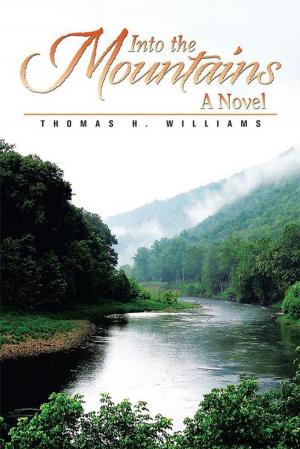A History of the Enduring Washoe People
And Their Neighbors Including the Si Te Cah (Sasquatch)
Nonfiction, History, Americas, Native American| Author: | Guy Nixon | ISBN: | 9781483651477 |
| Publisher: | Xlibris US | Publication: | July 23, 2013 |
| Imprint: | Xlibris US | Language: | English |
| Author: | Guy Nixon |
| ISBN: | 9781483651477 |
| Publisher: | Xlibris US |
| Publication: | July 23, 2013 |
| Imprint: | Xlibris US |
| Language: | English |
The original inhabitants of the Lake Tahoe Basin the Washoe are a fascinating people. With a history in the Sierra Nevada stretching back 9000 years they are the oldest tribe in California. They have a fascinating history before and after the coming of the Americans. In American history the Washoe guided Kit Carson and Charles Fremont through the Sierra Nevada, later they were the first to bring food to the stranded Donner Party. The Washoe have tribal lore that speaks of the Si Te Cah tribe, long believed to be just an ignorant savage fantasy, recent discoveries have proven they are true. The Si Te Cah otherwise known as Sasquach or Bigfoot truly did exist and their mummified re-mains have been found in several locations. From a population numbering approximately 1,500 people whos homeland stretched from Mono Lake in the South to Honey Lake in the North the Washoe were reduced to only 500 people in 1866 with no land to call their own. They persevered and are still living in their homeland as friendly, hardworking, creative American citizens.
The original inhabitants of the Lake Tahoe Basin the Washoe are a fascinating people. With a history in the Sierra Nevada stretching back 9000 years they are the oldest tribe in California. They have a fascinating history before and after the coming of the Americans. In American history the Washoe guided Kit Carson and Charles Fremont through the Sierra Nevada, later they were the first to bring food to the stranded Donner Party. The Washoe have tribal lore that speaks of the Si Te Cah tribe, long believed to be just an ignorant savage fantasy, recent discoveries have proven they are true. The Si Te Cah otherwise known as Sasquach or Bigfoot truly did exist and their mummified re-mains have been found in several locations. From a population numbering approximately 1,500 people whos homeland stretched from Mono Lake in the South to Honey Lake in the North the Washoe were reduced to only 500 people in 1866 with no land to call their own. They persevered and are still living in their homeland as friendly, hardworking, creative American citizens.















